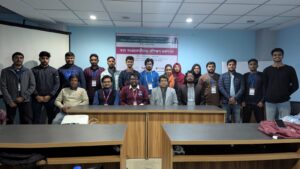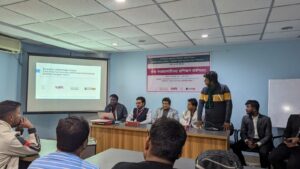
Bangladesh’s improving economy offers potential for increased health funding, yet public health investment remains low, with high out-of-pocket (OOP) expenses and per capita spending (USD 42) well below WHO’s recommended USD 88. While progress has been made in maternal health, immunization, and managing non-communicable diseases through primary and secondary care facilities, critical indicators like infant mortality and nutrition remain stagnant. Budget underutilization and declining health allocations highlight inefficiencies in fund management. To address this, a thorough analysis of financial flows, accountability, and procurement at local healthcare levels is essential, alongside improvements in data quality and public financial management systems.

The study aims to understand the utilisation of allocated health budget at different level of primary and secondary level healthcare facilities and to investigate the expenditure of those facilities


